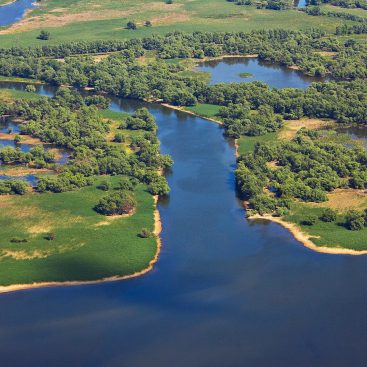Bucovina & Moldova
Spirituality and TraditionsQUICK FACTS
About the name: The name Bucovina means beech land
Location: Northeastern Romania – between the Carpathian Mountains and the Prut River.
Moldova rivals with Transylvania when it comes to rich folklore, natural beauty and astonishing history. Over the past 500 years, history, culture and religious life have molded Iasi, the cultural capital of Moldova. Iasi boasts an impressive number of Orthodox churches, almost 100, most of them located in the Golden Plateau, representing the nucleus of the city, around which the city developed over the centuries.
The northern Moldova is the region of Bucovina, home to one of the world’s greatest art treasures: the UNESCO World heritage sites of the Painted Monasteries of Bucovina. Built in the 15th and 16th centuries and featuring colorful exterior frescoes depicting dramatic religious scenes, these richly decorated houses of worships are unique in the world.
TRADITIONAL FOOD
Bean soup, stewed sauerkraut, ‘parjoale’ (the local version of meatballs) or ‘iahnie’ (a dish made of beans), are some of Moldavians’ favorite dishes. Standing out among the broths is ‘ciorba de potroace’, made with chicken entrails boiled with carrots, onions, parsley, a spoonful or two of rice and flavored with ‘bors’.
The Moldavian sarmale (meat rolls in sauerkraut leaves) are not only very popular in Romania but are also a famous dish served in Romanian restaurants around the world. The sarmale are always accompanied by polenta, a finely ground yellow cornmeal.
Delicious local deserts include ‘papanasi’ – cottage cheese dumplings (boiled or fried) and ‘Poale in Brau’ (sweet cheese pie).
MUST SEE IN MOLDOVA AND BUCOVINA
The monasteries and churches with painted exterior frescoes of Bucovina: Voronet, Moldovita, Sucevita, Humor, Probota, Arbore, Rasca. The most famous of these, often called “the Sistine Chapel of the East” is Voronet Monastery. Erected in 1438 by Stefan the Great, Voronet’s most stunning feature is a Last Judgment fresco painted – as at all the churches – on the exterior façade. The blue paint that has miraculously never faded is known throughout the world as ‘Voronet blue’.
The old monasteries and convents of: Putna, Dragomirna, Bogdana-Radauti, Neamt, Agapia (one of the largest nun monasteries in the Orthodox world) and Varatec
Trei Ierarahi Church in Iasi – built in 1635, its walls, real stone embroidery
The Neamt Fortress (Cetatea Neamtului) in Targu Neamt
The natural scenery of the Bicaz Gorges – one of the most spectacular road passes in Romania
The Ceahlau, Romania’s Olympus – sacred mountain of Dacians, the forefathers of the Romanian people, where Zamolxes, their supreme god, had his temple.
Take a wine tasting tour and try some of Romania’s finest sweet wines at Cotnari Vineyards, established in 1448.











